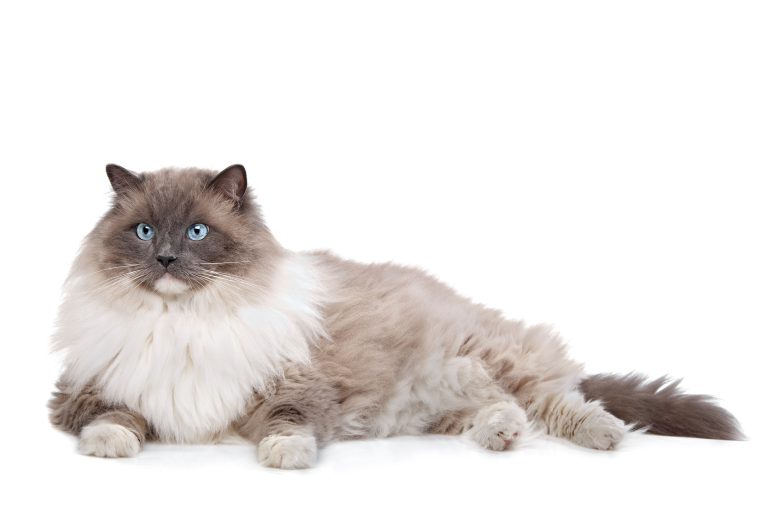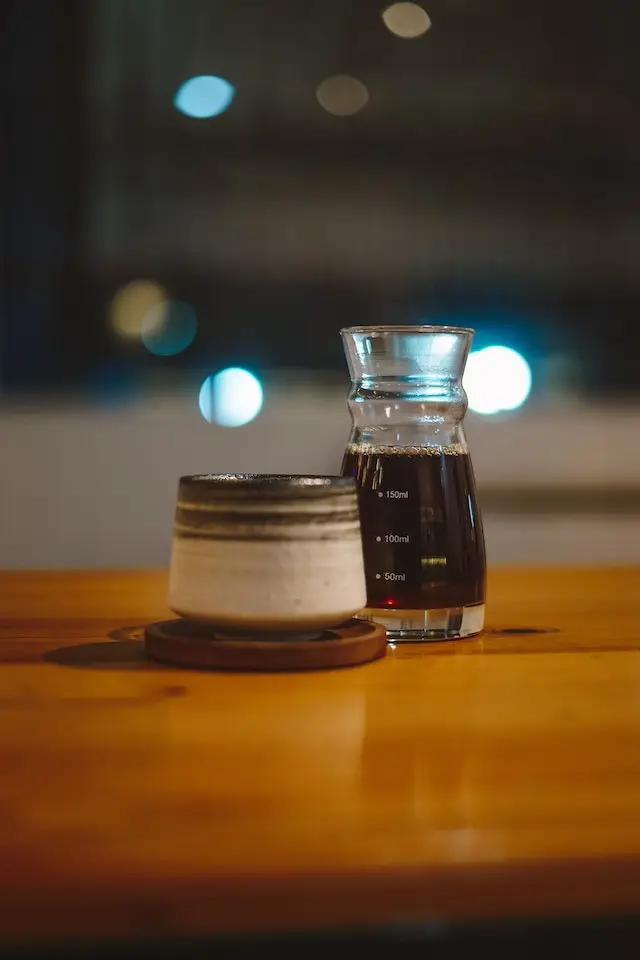Are Calico Cats Hypoallergenic? The Science, History, and Myths
I wanted to adopt a calico cat at one moment of my life, but I am kinda allergic to cat furr. This is a bit of an issue for me hah, but I don’t mind sneezing and wheezing for this little creature.
That’s why I wondered which breeds are hypoallergenic, are calico cats hypoallergenic?
What is the science behind calico cats and allergies?
Allergies to cats are caused by a protein known as Fel d 1. This protein is found in a cat’s saliva and urine, and allergens are spread when the cat licks itself.
When people have an allergic reaction to cats, they produce immunoglobulin E (IgE), which is an antibody that helps protect humans from viruses.
Symptoms of a cat allergy can include:
- Sneezing
- Coughing
- Skin rashes
- Eye irritation
The best way to determine whether or not you’re allergic to cats is to visit an allergist for testing. However, many people find that they are only allergic to certain breeds of cats.
There are several breeds of cats that are considered to be allergy-friendly. These breeds include the Devox Rex, Cornish Rex, Sphynx, Burmese, Javanese Oriental Shorthair, and Ocicat.
It’s important to note that any breed of cat can cause an allergic reaction in someone who is sensitive enough.
So, if you’re considering getting a cat but suffer from allergies, it’s best to speak with your doctor about what type of feline would be best for you
What is the history of calico cats and allergies?

Cat allergies are nothing new. In fact, they’ve been around for quite a long time. And as you might expect, the history of calico cats and allergies is a bit intertwined. So what’s the story?
It all started with the cornish rex cat. This breed was one of the first to be known as “hypoallergenic.”
Of course, we now know that this isn’t actually true, but at the time, it was a pretty big deal.
People with cat allergies rejoiced at the thought of finally being able to own a feline friend without having to suffer from all those pesky symptoms.
Unfortunately, it wasn’t long before researchers discovered that this so-called “hypoallergenic” breed still produced allergens.
And while other breeds like the Russian Blue and Ocicat produce even more allergens than the cornish rex, there’s no such thing as a truly hypoallergenic cat.
At least not yet…
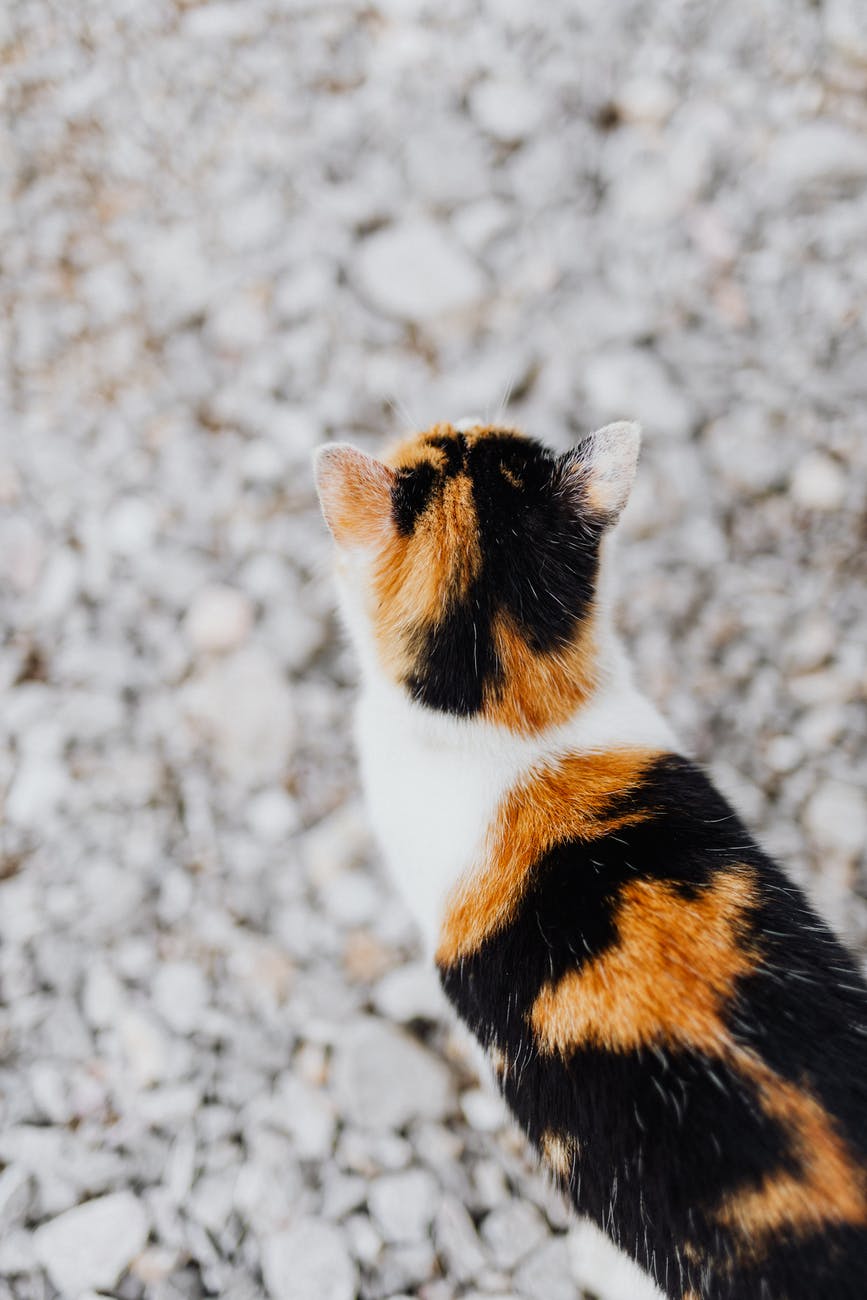
Are calico cats good pets for people with allergies?
Calico cats are good for people with allergies because they have shorter hair than some other breeds and produce less dander. Dander is a common allergen associated with cats.
Additionally, calicos tend to be low-shedding pets, meaning that their hair will not come off as easily as it does with other breeds. This also contributes to reducing allergens in the home.
While calico cats may not be 100% allergy-free, they are still a great option for people who want a pet cat but suffer from mild or moderate allergies.
These felines bring joy and happiness into their owner’s lives through their playful nature and colorful coats.
This makes them excellent companions despite any sensitivities they may have towards allergens
Are calico cats friendly?
There is no one answer to this question since calico cats have their own specific temperament. However, the majority of these felines are friendly and make great pets.
In fact, some of the most friendly calico-patterned cats come from breeds like Manx, Siberian Cat, and Exotic Shorthair.
So if you’re not sure about a potential feline friend’s temperament, consider looking for one from these breeds.

What are the worst cat breeds for allergies?
There are a number of cat breeds that are known to be bad for people with allergies. These cats produce high levels of allergens, which can cause serious reactions in some people.
If you’re looking for a cat and you know that you’re allergic to cats, it’s best to steer clear of the following breeds:
1. The Balinese – this long-haired cat has less of the Fel d 1 protein than other breeds, but it still produces enough allergens to bother many allergy sufferers.
2. The Siberian – this triple-coated breed is one of the most allergenic cats around. All that fur traps allergens like dust and pollen, making it a bad choice for anyone with allergies.
3. The Oriental Shorthair – while not as allergenic as some other breeds, this short-haired cat still produces enough allergens to cause problems for many allergy sufferers.
4. The Devon Rex – with its thin, fine hair, the Devon Rex is thought to be one of the least allergenic cat breeds around. However, since it does shed moderately, it may not be ideal for those with severe allergies.
5. The Cornish Rex – like the Devon Rex, the Cornish Rex has very thin hair that doesn’t shed as much as other breeds.
It’s a good choice for people with allergies but still produces some allergens.
6. The Sphynx – while this cat doesn’t have a lot of fur, it does produce dander, which can cause problems for allergy sufferers.
7. The Burmese – this playful breed is known to produce high levels of allergens.
8. The Ocicat – this high-energy breed is not ideal for people with allergies. It has a silky coat that requires regular brushing, and it sheds moderately.
What does hypoallergenic mean in relation to cats?
The term “hypoallergenic” is often used when referring to cats. This means that the cat produces fewer allergens than other breeds of cats. Allergens are proteins that can cause an allergic reaction in people.
There are a few things you should know about hypoallergenic cats.
The first is that there is no such thing as a completely hypoallergenic cat. However, some breeds produce fewer allergens than others.
The second is that the quality of a cat is determined by its coat. A coat that is low in dander and shedding will help reduce allergies.
The third thing to remember is that not all cats are hairless. Some breeds, like the Sphynx, are hairless, while others have a thin layer of fur.
Lastly, just because you’re allergic to one breed of cat doesn’t mean you’ll be allergic to all hairless breeds.
There are some hypoallergenic breeds like the Manx, Siberian Cat, and Exotic Shorthair that may be better suited for your allergies
Do calico cats have more allergies than other cats?
There is no evidence that calico cats are more prone to allergies than other cats. The breeds of cats suitable for those with allergies are Devox Rex, Cornish Rex, Sphynx, Burmese, and Javanese.
These breeds are considered to be the most allergy-friendly but any breed of cat can trigger an allergy.
It’s not the cat’s fur that causes you to sneeze and feel itchy, it’s actually a protein called Fel D1 found in cat saliva.
Some breeds produce less of this protein than others, making them ideal cats for people with allergies.
However, there are other factors that influence a cat’s allergen production such as the location of the house (if it has carpet) and whether or not they always have access to water.
Fel d 1 is the major cat allergen and all cats produce it, which can cause allergic reactions when it spreads from a cat’s fur to those who come in contact with the protein
Are Calico Cats Hypoallergenic?
No, not all calico cats are not hypoallergenic. In fact, the chance of a male calico cat being hypoallergenic is only 0.01%.
This is because they have three colors in their coat, black, white, and orange. While some people may be less allergic to one or more of these colors, it is still possible to be allergic to a calico cat.
The pattern on a calico cat’s body does not make them any less likely to cause an allergic reaction in someone who is sensitive to cats.
Allergens can come from a bad diet or poor lifestyle choices, so no animal can truly be called “hypoallergenic.”
What type of coat do calico cats have?
There are three types of calico cats: dilute, tortoiseshell, and patched tabby. The difference between these types is the color of their coat.
Dilute calicoes have coats that are not as intense as the other two types. Tortoiseshells have white patches on their body (usually on the face, paws, and/or chest).
Calico cats are generally born with orange, black, and white fur intermingled.
Tortoiseshells can be difficult to distinguish from calicoes.
Tips to manage your cat allergy
1. Groom your cat often
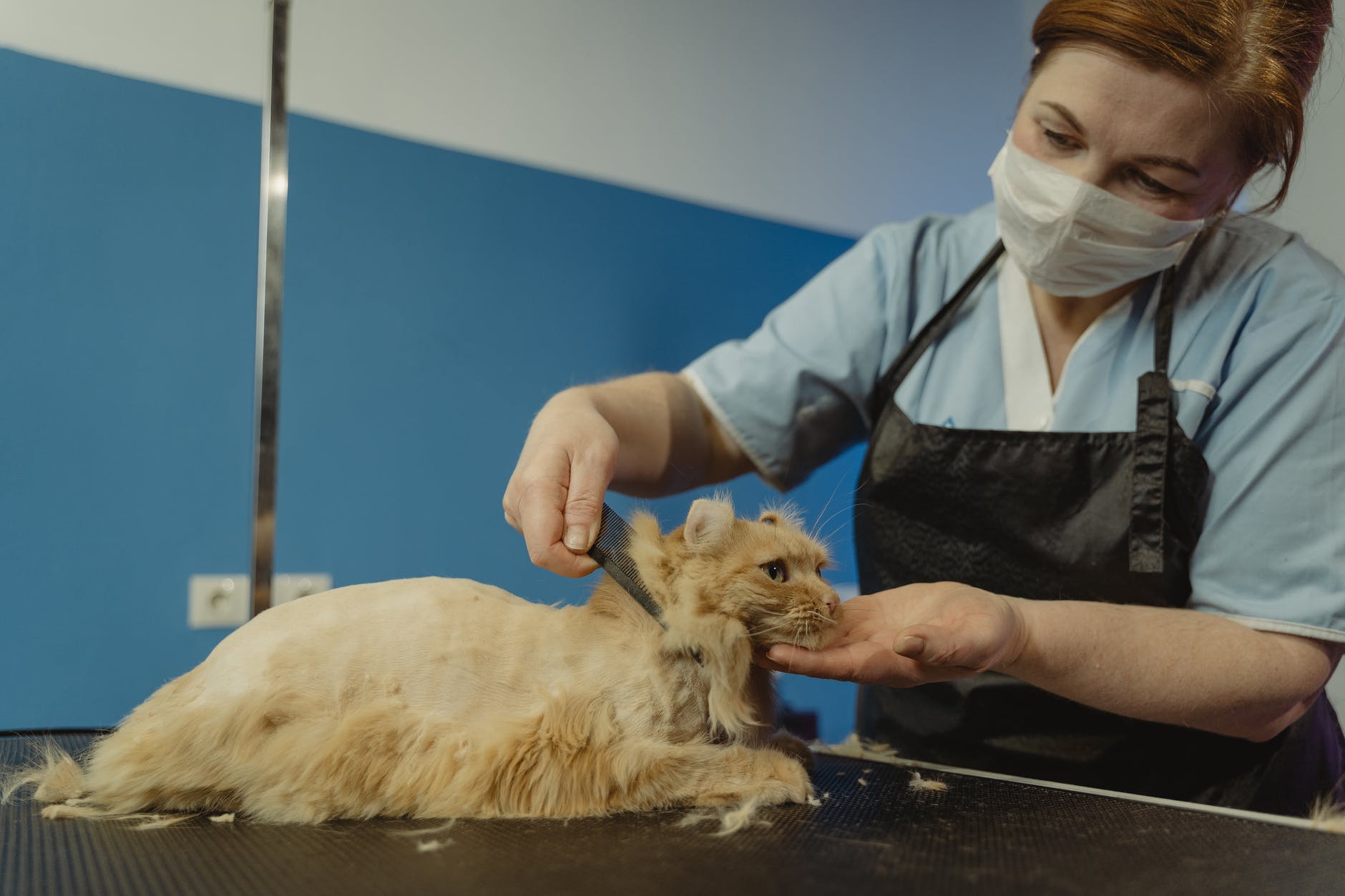
If you’re allergic to cats, it’s important to groom them often. This will help reduce the amount of allergen-rich saliva they produce and minimize your exposure.
You should brush their fur daily and give them a bath once a month.
Professional groomers can also help keep your cat’s coat clean and free of allergens, so they won’t trigger an allergic reaction as often or as long.
2. Feed your calico with high-quality food
All cats need a high-quality diet to stay healthy. This is especially important for calico cats, whose fur can be more prone to shedding and dander.
A good diet will nourish your cat’s skin and help keep her coat looking sleek and shiny.
3. Wash your hands after touching the cat
It’s important to wash your hands after touching your cat. This will help prevent the spread of any allergens or other contaminants.
4. Limit your cat’s access
If you have a cat allergy, it is important to limit your cat’s access to certain areas of your home.
Cats should not be allowed to access the couch or bed. If you must allow your cat on furniture, make sure to dust and vacuum frequently.
5. Give your calico a designated area
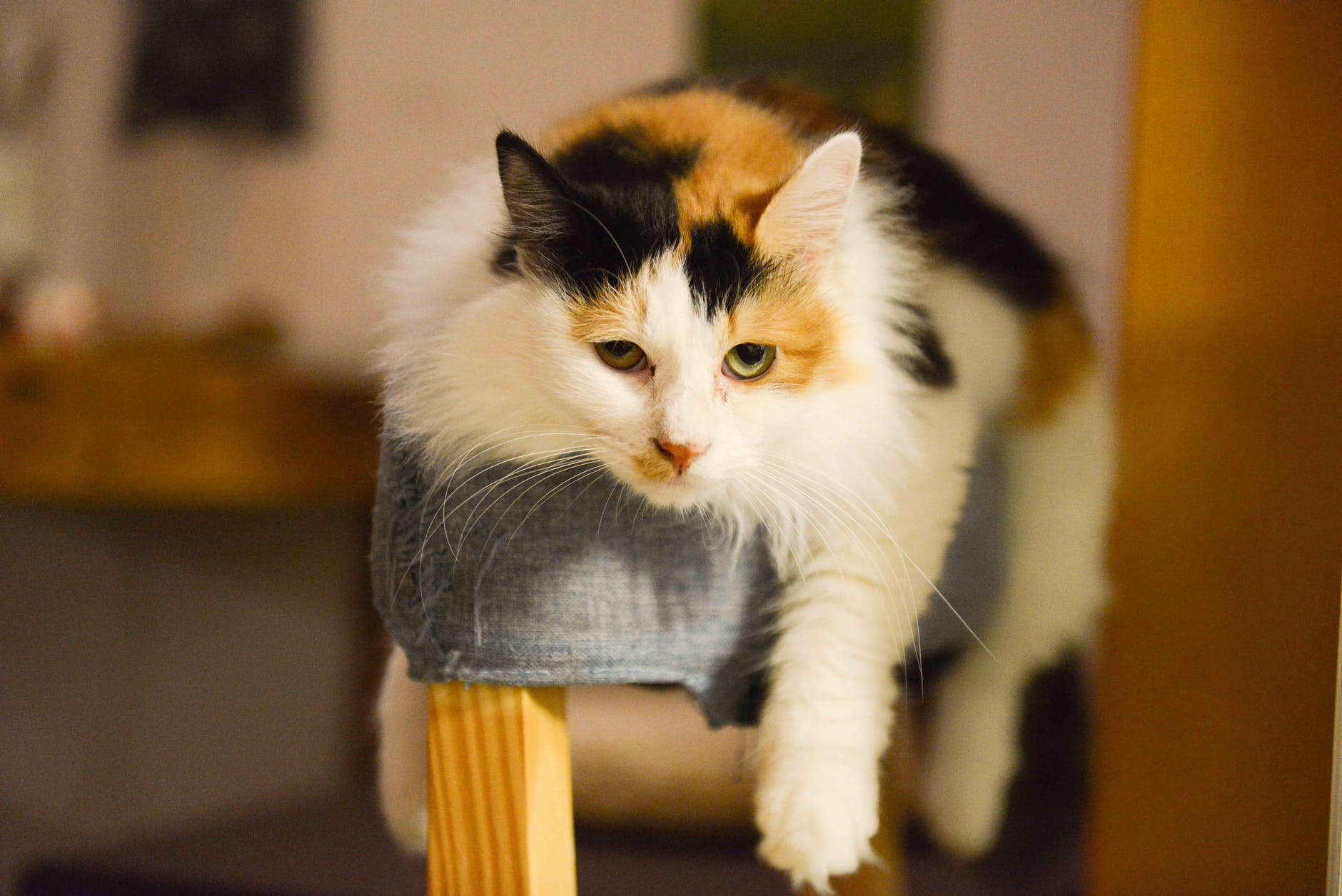
If you’re allergic to cats, it’s important to keep them out of your living space.
You can do this by giving your cat a designated area in your home where they can live without causing you discomfort.
This will also help to prevent the spread of dander throughout your house.
6. Take your medication accordingly
If you are one of the many people who suffer from an allergy to cats, it is important that you take your medication as instructed by your doctor.
A physician will prescribe antihistamines to balance the sensitivity of an allergic person and a cat. This will help keep the allergen levels low and improve your quality of life.
How To Manage Shedding In Calico Cats
Work With The Right Brush
Just like people, cats need a brush that fits their needs. Different fur types require different brushes for optimal grooming.
Brushing your cat is important in distributing the natural oils and keeping their coat healthy. Long-haired calico cats require a lot more grooming than short-haired cats.
The GoPets Dematting Comb is a multipurpose tool that can be used for both detangling and de-shedding purposes without raking out the undercoat (which could cause serious damage to the cat’s skin).
In order to brush through the matts effectively, it’s important to use a product specifically designed as a de-matting comb/rake comb.
Go Easy On Bathing
Cats are very clean animals and they typically bathe themselves. In fact, over-bathing can actually cause problems with the cat’s skin, such as dryness and flaking.
That said, there may be times when you need to give your cat a bath – for example, if he or she has become extremely dirty or if there is an infestation of ticks or fleas.
When bathing your calico cats, use a high-quality shampoo that will help clean the coat while removing debris from long periods of time.
There are a few specific soaps that work well for calico cats; one option is Murphy’s Oil Soap.
There are also certain shampoos that may have ingredients that can cause problems with your cat’s coat and skin.
Be sure to do your research before selecting any particular product!
Apply Flea And Worm Treatments
The best way to avoid skin irritation and other health problems in your cat is to give them regular flea and worm treatments.
Talk with your vet about the type of treatment you should use, as they will be able to help you choose the right product for your pet.
There are many different types of products on the market, so it’s important that you find one that suits both your needs and budget.
Once you have started using a flea and worm treatment, make sure to continue with the schedule recommended by your vet. This will help keep your cat healthy and free from parasites.
In addition, it’s important to groom your cat regularly – even if they don’t seem to need it. Groomers can help remove dirt, debris, and dead hair from a cat’s coat, which will minimize skin irritation.
When bathing your calico cat, use a high-quality shampoo that will cleanse their coat without drying it out.
Shampoos with ingredients like neem oil or aloe vera are good choices for cats’ coats.
However, check the label carefully before using them, as some ingredients can be harmful when used on felines.
Home Optimization
There are a few things you can do to help optimize your home for better air quality.
First, invest in a vacuum cleaner with the capability to collect pet hair. This will help reduce the amount of allergens in your home.
Second, consider investing in a HEPA filter- these filters are efficient at absorbing pollution that triggers allergies.
Finally, keep your cat contained and clean one area of the home at a time. This will make it easier to clean every part of your house without spending all day doing so.
Additionally, by keeping the cats confined to a single area you can limit the amount of allergens they produce.
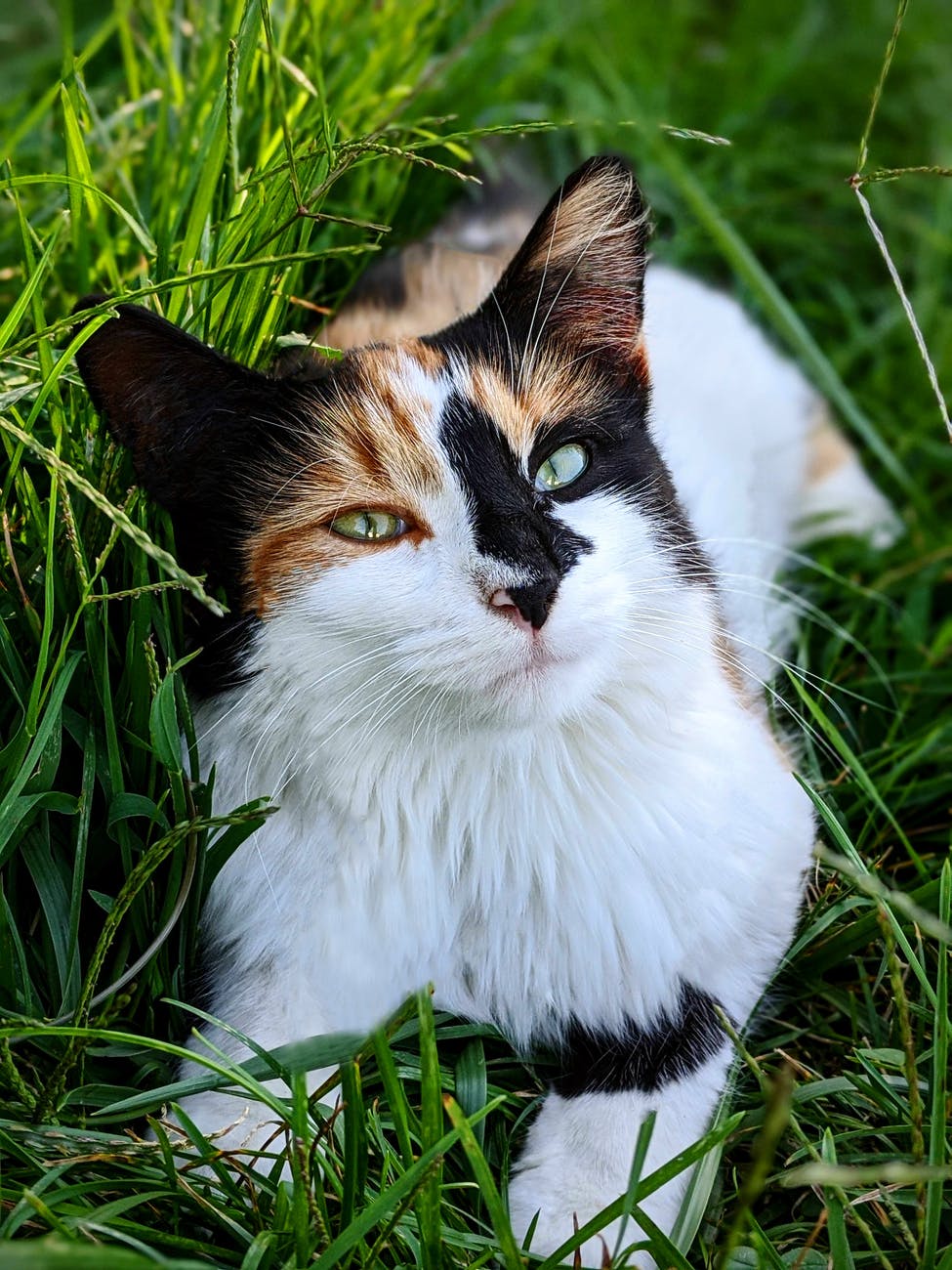
Are there any other hypoallergenic cat breeds besides calicos?
There are a few other hypoallergenic cat breeds out there, but calico cats are the most popular.
The good news is that there are a number of breeds that are considered hypoallergenic, that is, they produce fewer allergens than other cats.
Each of these breeds has a different level of shedding and fur production. So, it’s important to do your research before you bring one home!
What’s the best cat for people with allergies?
The ten best hypoallergenic cat breeds are Birman, British Shorthair, Burmese, Maine Coon Cat, Cornish Rex Cat, Devon Rex Cat, Exotic Shorthair Cat (British), Himalayan, Korat, and Oriental Shorthair.
If you’re one of the millions of people who suffer from allergies to cats, you’re probably always on the lookout for a feline friend who won’t make your eyes water and nose run.
So before you give up on the idea of owning a cat altogether, consider one of these ten best hypoallergenic cat breeds.
The best cat for people with allergies is one that can tolerate the individual’s allergies.
The breeds on this list are generally safe to have as pets. However, you should consult a doctor before adopting a breed that may be more sensitive to individuals with severe allergies.
So how do you know if you’re allergic to cats? Symptoms of an allergy to cats include:
- Itchy skin
- Red eyes
- Sneezing
- Runny nose.
If you experience any of these symptoms after being around cats, then you most likely have an allergy to them.
Fortunately, there are ways to minimize your exposure to allergens and still enjoy the companionship of a feline friend.
One way is by choosing a breed that produces less allergens.
The most common allergens in cats are:
Dander (skin cells shed by the cat)
- Hair
- Saliva
- Feces
- Proteins
- Urine
So the less of these allergens a cat produces, the less symptoms you’ll experience. Outgoing and playful cats who enjoy being involved in what their people are doing make great companions for those with allergies.
So before you give up on the idea of owning a cat altogether, consider one of these ten best hypoallergenic cat breeds.




